single-use cups & containers
What’s the craic with cups?
Single-use cups and containers in the Highlands
Over 200 million single-use cups are used in Scotland every year. And only 4% of these are currently recycled. We all want to recycle rather than seeing items go straight to landfill, incineration or get thrown away as litter. However, there are loads of different kinds of single-use cups and it can be confusing to know how to dispose of them correctly in the Highlands.
We need to reduce the amount of waste we produce. It is time to transition to reuse!
“Buy once. Buy well. Reuse. Repair." - KeepCup
Paper & Cardboard
What’s the problem?
Right now, paper cups are not widely recyclable in the Highlands.
A typical single-use cup is made of two materials: paper and a wax or waterproof plastic lining. The lining inside them is to prevent liquid from leaking through the paper layers, while helping the cup retain its rigid form. The lining on the inside of these cups must be separated from the paper exterior in a specialised process. Only a handful of facilities in the UK can recycle these, so they usually end up going to landfill, gets incinerated or thrown away as litter.
We can’t put these cups into our blue recycling bins because they will cause contamination. The lining as well as any waste liquid and residue in the cup will contaminate and damage other paper and items in the recycling.
So, how do you recycle a paper cup?
Paper cups can only be recycled if they are collected in a separate container by a business that has their own cup recycling or collection scheme in place. Examples may include Costa or Starbucks and it is always worth asking.
Plastic
What’s the problem?
Plastic cups are commonly made from a type of plastic called polypropylene. Often, plastic cups must be collected in a separate container by a business that has their own cup recycling or collection scheme in place.
Polystyrene cups are not recyclable.
Single-use plastic cups often end up going to landfill, get incinerated or thrown away as litter.
So, how do you recycle a plastic cup?
Similar to paper cups, some retailers will take back clear plastic cups for recycling and it is always worth asking.
Compostable
What’s the problem?
Compostable cups are commonly paper cups with a PLA lining (poly-lactic acid, extracted from renewable resources like corn starch).
Compostable packaging must be collected separately, as it can only be broken down in specialist industrial composting facilities. As a result, compostable packaging usually goes into landfill in the Highlands. If they end up in landfill they will likely end up degrading anaerobically over a long period of time and releasing methane, just like everything else.
Compostable cups and containers cannot go in our blue recycling bins and unfortunately, are often wrongly put into them, causing contamination.
Compostable packaging cannot be processed through Highland Council’s food waste caddy system.
Compostable items do not break down at the same rate or temperature as food or garden waste and therefore cannot go through these recycling systems.
Compostable items cannot be composted at home either.
So, how do you recycle a compostable cup?
Compostable packaging can only be recycled if it is collected in a separate container by a business that has their own compostable cup recycling or collection scheme in place
Biodegradables vs compostables - what’s the difference?
Although the terms 'biodegradable' and 'compostable' are often used interchangeably, they are not the same.
Biodegradable packaging is made of petrochemicals (e.g. polyethylene) modified to break down quickly by microorganisms. Biodegradables often end up in landfill where they can take years to break down, releasing toxic gases and by-products like microplastics that harm the environment.
Compostable packaging known as ‘bio-plastics’ are usually made of plant-based and renewable resources. Once they are processed through a specialist composting recycling system, can be used as fertiliser. Compostables are a more environmentally-friendly option than biodegradables but they need their own specialist industrial composting processes to decompose safely - and that's why compostable packaging cannot be disposed of with food.
SOLUTION? > REDUCE & REUSE
We need to reduce the amount of waste we produce. It is time to transition to reuse!
What can I do?
Don’t buy single-use items - get yourself a reusable cup and container!
If you forget your reusables, and have to buy takeaway or single-use packaging - ask the business if they have a separate recycling or collection scheme in place.
Remember:
Even if an item is labelled as recyclable, it doesn’t mean that we can currently recycle it in the Highlands.
Always look at the Highland Council’s recycling guidance so that you are up-to-speed with what can and can’t go in your blue recycling bin.
Only clean items are recyclable - wash, dry and squash, before you throw them!
If an item can’t go in your blue recycling bin, see if it can be recycled near you at a Recycling Point or at one of the Household Recycling Centres.
In Inverness, the only compostable non-food waste items that should go in your food waste caddy are the compostable kitchen caddy liners.

